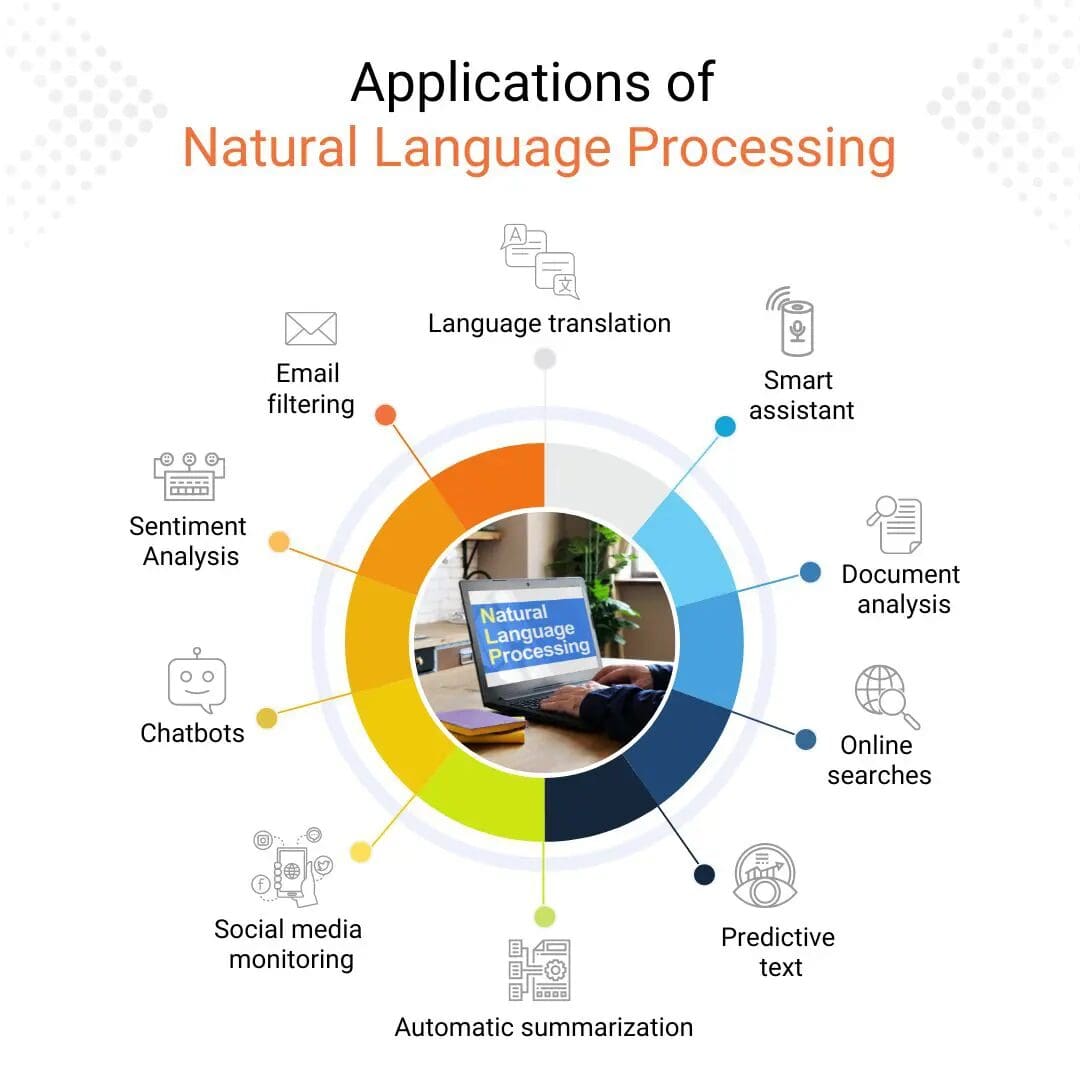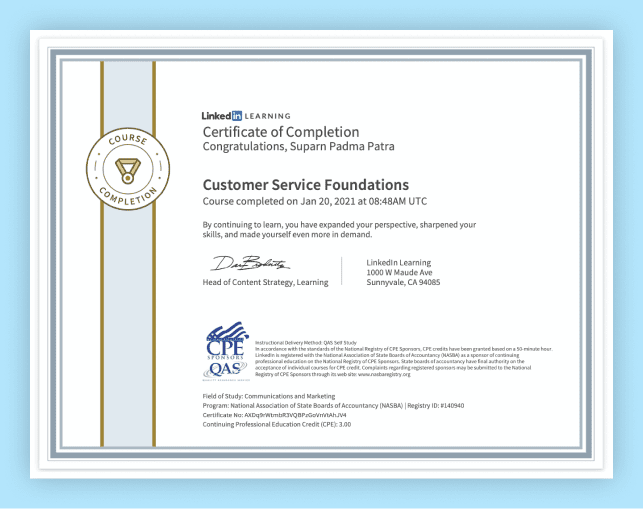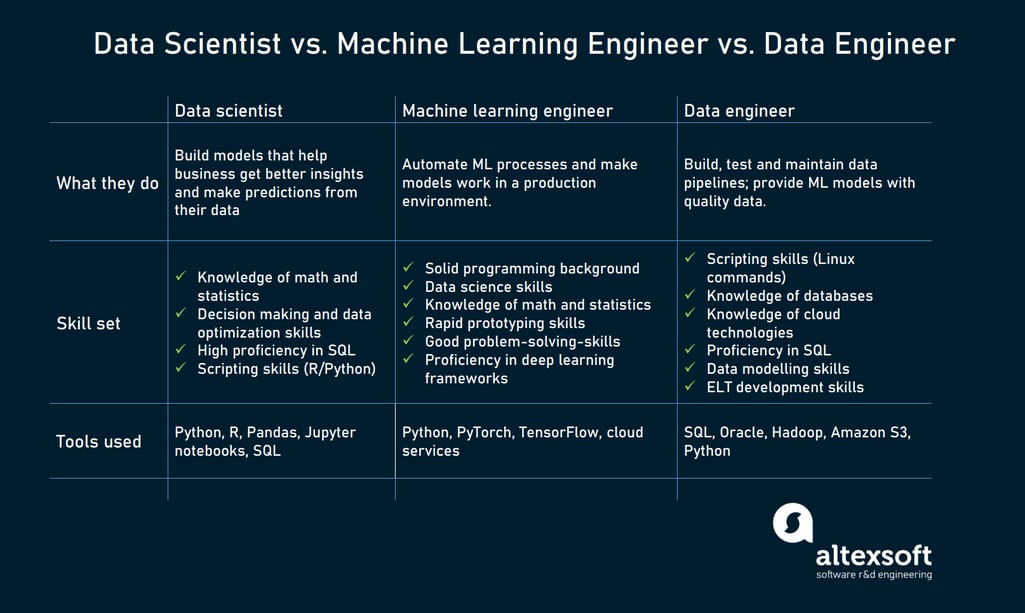All Categories
Featured
Table of Contents
- – Machine Learning In Production for Dummies
- – Getting The What Is The Best Route Of Becoming...
- – Machine Learning Engineer Course - An Overview
- – Some Known Incorrect Statements About Machine...
- – Little Known Questions About Machine Learnin...
- – How I Went From Software Development To Mach...
- – Get This Report on Become An Ai & Machine Le...
Some individuals think that that's cheating. Well, that's my entire profession. If someone else did it, I'm going to use what that person did. The lesson is putting that apart. I'm forcing myself to believe via the feasible services. It's more regarding eating the web content and attempting to use those concepts and less regarding discovering a collection that does the work or finding someone else that coded it.
Dig a little bit deeper in the math at the beginning, just so I can construct that foundation. Santiago: Lastly, lesson number 7. This is a quote. It says "You need to recognize every information of a formula if you wish to utilize it." And after that I claim, "I think this is bullshit advice." I do not think that you need to understand the nuts and screws of every algorithm before you use it.
I have actually been utilizing semantic networks for the longest time. I do have a sense of exactly how the slope descent works. I can not describe it to you today. I would need to go and check back to actually get a much better instinct. That doesn't indicate that I can not solve things using neural networks, right? (29:05) Santiago: Trying to require individuals to think "Well, you're not mosting likely to succeed unless you can discuss each and every single detail of just how this functions." It goes back to our sorting instance I think that's just bullshit suggestions.
As a designer, I have actually serviced lots of, several systems and I have actually utilized many, many things that I do not recognize the nuts and screws of just how it works, even though I comprehend the impact that they have. That's the last lesson on that particular string. Alexey: The funny thing is when I consider all these collections like Scikit-Learn the formulas they utilize inside to implement, as an example, logistic regression or another thing, are not the like the algorithms we study in artificial intelligence classes.
Machine Learning In Production for Dummies
Even if we tried to learn to get all these basics of device discovering, at the end, the formulas that these collections use are different. Santiago: Yeah, absolutely. I think we need a lot more pragmatism in the industry.

I typically talk to those that desire to work in the industry that want to have their influence there. I do not dare to talk about that due to the fact that I do not understand.
However right there outside, in the industry, materialism goes a long method for certain. (32:13) Alexey: We had a remark that stated "Feels more like inspirational speech than speaking about transitioning." Possibly we must change. (32:40) Santiago: There you go, yeah. (32:48) Alexey: It is a good inspirational speech.
Getting The What Is The Best Route Of Becoming An Ai Engineer? To Work
One of the important things I wanted to ask you. I am taking a note to discuss progressing at coding. First, let's cover a couple of points. (32:50) Alexey: Allow's begin with core devices and structures that you need to learn to in fact transition. Allow's say I am a software designer.
I understand Java. I understand SQL. I recognize how to use Git. I recognize Celebration. Possibly I know Docker. All these points. And I read about machine discovering, it appears like a cool point. So, what are the core devices and frameworks? Yes, I enjoyed this video and I obtain persuaded that I don't need to get deep right into mathematics.
What are the core devices and structures that I require to discover to do this? (33:10) Santiago: Yeah, definitely. Terrific concern. I believe, top, you need to start discovering a bit of Python. Since you already recognize Java, I don't assume it's mosting likely to be a huge shift for you.
Not because Python coincides as Java, yet in a week, you're gon na obtain a great deal of the distinctions there. You're gon na be able to make some progress. That's primary. (33:47) Santiago: Then you get specific core tools that are going to be utilized throughout your entire occupation.
Machine Learning Engineer Course - An Overview
You obtain SciKit Learn for the collection of equipment discovering formulas. Those are devices that you're going to have to be utilizing. I do not recommend simply going and learning concerning them out of the blue.
We can speak about particular programs later. Take among those programs that are mosting likely to start presenting you to some troubles and to some core concepts of machine learning. Santiago: There is a course in Kaggle which is an intro. I do not bear in mind the name, but if you go to Kaggle, they have tutorials there absolutely free.
What's excellent concerning it is that the only demand for you is to recognize Python. They're mosting likely to present a trouble and inform you exactly how to utilize decision trees to solve that certain trouble. I assume that process is incredibly powerful, due to the fact that you go from no maker discovering background, to comprehending what the issue is and why you can not solve it with what you know right now, which is straight software application engineering techniques.
Some Known Incorrect Statements About Machine Learning & Ai Courses - Google Cloud Training
On the various other hand, ML designers specialize in building and deploying machine discovering designs. They concentrate on training versions with information to make predictions or automate jobs. While there is overlap, AI designers handle even more varied AI applications, while ML engineers have a narrower emphasis on artificial intelligence formulas and their sensible execution.

Artificial intelligence designers concentrate on developing and releasing machine discovering models right into manufacturing systems. They deal with engineering, guaranteeing versions are scalable, efficient, and integrated right into applications. On the other hand, data scientists have a more comprehensive duty that consists of data collection, cleaning, exploration, and structure designs. They are typically liable for removing insights and making data-driven decisions.
As companies progressively adopt AI and equipment understanding technologies, the demand for experienced professionals expands. Equipment understanding engineers work on cutting-edge jobs, contribute to technology, and have affordable salaries.
ML is fundamentally various from typical software growth as it concentrates on teaching computer systems to find out from data, instead of shows specific policies that are implemented methodically. Unpredictability of end results: You are probably used to composing code with predictable outcomes, whether your function runs when or a thousand times. In ML, however, the results are much less certain.

Pre-training and fine-tuning: Exactly how these designs are educated on huge datasets and after that fine-tuned for certain tasks. Applications of LLMs: Such as text generation, sentiment analysis and information search and retrieval.
Little Known Questions About Machine Learning Course.
The ability to manage codebases, combine modifications, and solve problems is equally as important in ML growth as it remains in conventional software application tasks. The abilities established in debugging and screening software applications are very transferable. While the context could transform from debugging application logic to determining problems in information processing or version training the underlying principles of systematic investigation, hypothesis testing, and repetitive refinement coincide.
Device discovering, at its core, is greatly reliant on data and possibility concept. These are essential for comprehending exactly how algorithms discover from information, make forecasts, and examine their efficiency.
For those curious about LLMs, an extensive understanding of deep discovering architectures is valuable. This consists of not only the mechanics of semantic networks yet likewise the architecture of specific versions for different usage situations, like CNNs (Convolutional Neural Networks) for image processing and RNNs (Recurrent Neural Networks) and transformers for consecutive data and all-natural language processing.
You must understand these concerns and learn strategies for recognizing, minimizing, and interacting regarding predisposition in ML versions. This consists of the prospective impact of automated decisions and the honest effects. Many models, particularly LLMs, need considerable computational sources that are often provided by cloud systems like AWS, Google Cloud, and Azure.
Structure these skills will certainly not just assist in a successful transition into ML however additionally make sure that developers can contribute effectively and responsibly to the improvement of this vibrant field. Theory is vital, however nothing defeats hands-on experience. Begin working on tasks that permit you to use what you've found out in a useful context.
Join competitions: Sign up with platforms like Kaggle to take part in NLP competitions. Construct your projects: Beginning with simple applications, such as a chatbot or a message summarization device, and progressively increase intricacy. The area of ML and LLMs is rapidly advancing, with brand-new innovations and innovations arising consistently. Staying upgraded with the latest study and trends is essential.
How I Went From Software Development To Machine ... Things To Know Before You Buy
Contribute to open-source projects or compose blog messages concerning your discovering journey and projects. As you gain proficiency, start looking for chances to include ML and LLMs into your work, or seek new duties concentrated on these modern technologies.

Vectors, matrices, and their function in ML algorithms. Terms like model, dataset, attributes, tags, training, inference, and validation. Data collection, preprocessing strategies, version training, evaluation procedures, and deployment factors to consider.
Decision Trees and Random Woodlands: Intuitive and interpretable versions. Assistance Vector Machines: Optimum margin classification. Matching issue types with appropriate models. Stabilizing efficiency and intricacy. Basic framework of semantic networks: neurons, layers, activation features. Layered computation and ahead propagation. Feedforward Networks, Convolutional Neural Networks (CNNs), Frequent Neural Networks (RNNs). Photo acknowledgment, sequence prediction, and time-series evaluation.
Information circulation, makeover, and function design approaches. Scalability concepts and efficiency optimization. API-driven methods and microservices combination. Latency management, scalability, and variation control. Continual Integration/Continuous Release (CI/CD) for ML workflows. Design surveillance, versioning, and performance monitoring. Detecting and resolving changes in design performance gradually. Attending to performance traffic jams and resource management.
Get This Report on Become An Ai & Machine Learning Engineer

Course OverviewMachine knowing is the future for the future generation of software professionals. This training course serves as an overview to artificial intelligence for software program engineers. You'll be presented to three of one of the most relevant elements of the AI/ML technique; monitored knowing, semantic networks, and deep knowing. You'll realize the differences between traditional programming and artificial intelligence by hands-on advancement in monitored knowing prior to building out complex dispersed applications with neural networks.
This training course functions as an overview to device lear ... Program More.
Table of Contents
- – Machine Learning In Production for Dummies
- – Getting The What Is The Best Route Of Becoming...
- – Machine Learning Engineer Course - An Overview
- – Some Known Incorrect Statements About Machine...
- – Little Known Questions About Machine Learnin...
- – How I Went From Software Development To Mach...
- – Get This Report on Become An Ai & Machine Le...
Latest Posts
The Best Engineering Interview Question I've Ever Gotten – A Real-world Example
Front-end Vs. Back-end Interviews – Key Differences You Need To Know
The Star Method – How To Answer Behavioral Interview Questions
More
Latest Posts
The Best Engineering Interview Question I've Ever Gotten – A Real-world Example
Front-end Vs. Back-end Interviews – Key Differences You Need To Know
The Star Method – How To Answer Behavioral Interview Questions